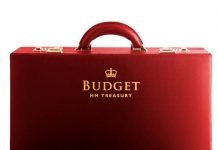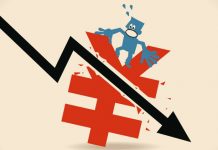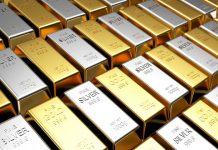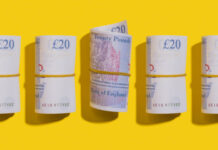Markets
Core bonds and stocks sold off in lockstep again yesterday as a new surge in oil prices stings. Brent crude rallied from $120.50/b to $124/b, testing the highest level since mid-March. The post-invasion top stands at $139/b. The same factors remain at play: resurging Chinese demand following months of very strict lockdowns and reduced supply via the European embargo against Russia (which more than outweighs the small scaling up of OPEC-supply). The German yield curve bear steepened with yields rising by 3.4 bps (2-yr) to 6.8 bps (30-yr). US yields added 4.5 bps to 5.3 bps across the curve. The US 10-yr Note auction was on the soft side as it tailed 1.2 bps with a below average bid cover (2.41 vs 2.5). The trade weighted dollar for a second straight session attempted to take out first resistance at 102.73, but the test failed again. EUR/USD 1.0627/42 support remained out of reach with the single currency even outperforming in the run-up to today’s ECB meeting (see below). USD/JPY surged from 132.59 to 134.50. Focus turns to Amsterdam today, where the ECB convenes. ECB President Lagarde’s contribution to “The ECB Blog” (May 23) serves as a good guide for what to expect from the central bank in the new inflation landscape. The ECB finally deems it appropriate to return to more normal settings to slash current high inflation and to prevent higher inflation expectations from becoming entrenched in the mindsets of economic agents. The uncertain growth outlook plays second fiddle in this story. New inflation forecasts are about to show upward revisions for 2023 (2.1%) and 2024 (1.9%) as well, underlining the need to act. More specifically, net purchases under APP are to end very early in the third quarter, allowing for a rate lift-off in July and an exit of negative interest rates to the end of the third quarter. Lagarde didn’t specify the magnitude of coming rate hikes, but left the door open to larger-than-usual ones. We attach a rising likelihood to a scenario in which the ECB starts with back-to-back 50 bps rate hikes in July and September. 50 bps rate hikes are turning into the new normal on a global level, while the ECB understands that the window of opportunity to normalize policy in rapidly closing given the clouded eco outlook. On top, there’s already a strong sense of being behind the curve and having misinterpreted the true nature of the inflationary winds. The ECB is also rumoured to strengthen its commitment on preventing fragmentation during its normalization cycle by announcing a new bond buying programme if needed to counter borrowing costs for the likes of Italy should they spiral out of control. From a market point of view, we hold our bearish views on core bonds with the EMU curve likely to turn into bear flattening mode. A test of key resistance in EUR/USD at 1.0806 is likely, with the probability of a break high. It would make the technical picture in the FX cross neutral.
News Headlines
The Polish central bank raised policy rates by an expected 75 bps to 6%, equaling the peak seen before the global financial crisis erupted in 2008. The NBP judged that risks of inflation (expectations) running above the NBP 2.5 (+/- 1 ppt) persist, suggesting more tightening is underway. Prices continued to rise to 13.9% in May in part resulting from commodity prices as well as prolonged global supply chains and international transport, amplified by the effects of war. At the same time, a still-strong Polish economy (8.5% y/y growth in Q1) and tight labour market accompanied by falling unemployment and a marked rise in wages means companies can easily pass increased costs to final prices. The Polish zloty traded stoic around EUR/PLN 4.58. Poland’s swap yield curve bear steepened, adding a little over 5 bps at the long end. That followed more the general market trend rather than being a reaction to the meeting.













